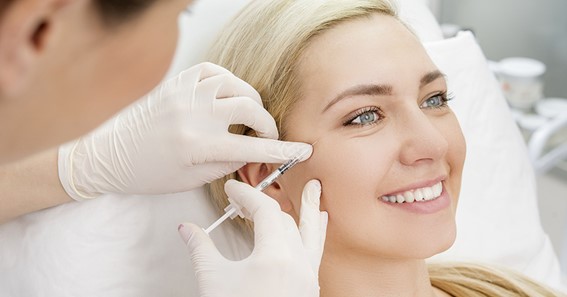Are you curious to know what is sculptra injections? You have come to the right place as I am going to tell you everything about sculptra injections in a very simple explanation. Without further discussion let’s begin to know what is sculptra injections?
What Is Sculptra Injections?
Sculptra injections are a type of cosmetic treatment that is designed to improve the appearance of aging skin by stimulating the production of collagen. Collagen is a protein that is naturally present in the skin and is responsible for its firmness and elasticity. As we age, the production of collagen slows down, leading to the development of wrinkles, fine lines, and other signs of aging.
Sculptra injections are made with a synthetic form of poly-L-lactic acid, which is a biodegradable and biocompatible material that has been used in medical implants for many years. When injected into the skin, Sculptra stimulates the production of collagen, which helps to restore the skin’s natural volume and firmness. The treatment is typically used to address deep wrinkles, facial lines, and other signs of aging that cannot be treated with topical creams or other non-invasive procedures.
The Sculptra treatment typically involves a series of injections, with each treatment spaced several weeks apart to allow time for the collagen to build up in the skin. The exact number of treatments required will depend on the individual patient and the severity of their skin concerns. Results are typically gradual and may not be fully visible until several months after the final treatment.
Sculptra injections are generally considered safe and effective, although like any medical procedure, there are risks and potential side effects. Common side effects may include swelling, redness, and tenderness at the injection site. More serious side effects, such as infection or the formation of nodules under the skin, are rare but can occur.
In conclusion, Sculptra injections are a cosmetic treatment that stimulates collagen production in the skin to improve its volume, firmness, and elasticity. The treatment is typically used to address deep wrinkles, facial lines, and other signs of aging that cannot be treated with topical creams or other non-invasive procedures. While Sculptra injections are generally safe and effective, it’s important to discuss the risks and potential side effects with a qualified medical professional before undergoing the treatment.
You can know much more information on Caresguru
FAQ
How Long Does Sculptra Last?
Sculptra has several applications, from smoothing facial wrinkles to augmenting the cheeks. The final results of the treatment will easily last two years, but some people enjoy the final results of the treatment for five years.
Is Sculptra Better Than Filler?
Most facial fillers only last for 6-12 months, which is preferred by some patients for a variety of reasons, while Sculptra injections can show long-lasting effects that span years.
What Are The Side Effects Of Sculptra?
The side effects of Sculptra are typical of other dermal injections. The most common side effects are swelling, bruising, tenderness, injection site pain, itching, bleeding, and lumps. Your doctor will discuss aftercare with you to reduce these side effects.
How Painful Are Sculptra Injections?
Are Sculptra injections painful? Sculptra injections are very tolerable. The injections cause mild, very temporary discomfort, and feel similar to a slight pinching sensation. A “pushing and pulling” sensation with some pressure is typically felt.
I Have Covered All The Following Queries And Topics In The Above Article
What Is Sculptra Injections For Buttocks
What Is In The Sculptra Injections
What Is Sculptra Injections For Buttocks
Are Sculptra Injections Permanent
Are Sculptra Injections Safe
Sculptra Pros And Cons
Sculptra Side Effects
What Is Sculptra Used For
Sculptra Near Me
What Is Sculptra Made Of
Sculptra Reviews
How Long Does Sculptra Last
What Is Sculptra Injections
What is Sculptra ®?
What is Sculptra® (injectable poly-L-lactic acid)?
